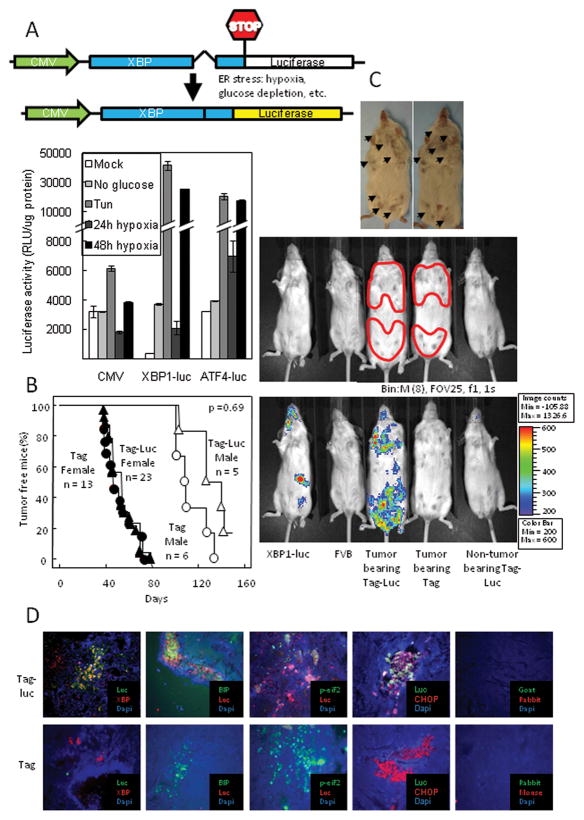Figure 1. Primary breast carcinomas had increased XBP1-luc activity.
(A) Upper Panel: Schematic of the XBP1-luc reporter vector. Lower panel: The XBP1-luc reporter vector induced luciferase activity in response to ER stress. HT 1080 cells expressing the XBP1-luc construct, an ATF4 or a CMV driven luciferase were subjected to 10 μg/ml Tun, glucose depletion or severe hypoxia for 48h to induce ER stress. (B) Incidence of breast carcinomas in Tag mice was similar to Tag-Luc double transgenic mice. (C) In Tag-Luc transgenic mice, primary breast tumors had increased bioluminescence. Upper panel: Photograph of breast tumors with arrows indicating each tumor along mammary chain. Middle panel: Photograph of Luc, FVB, tumor bearing Tag-Luc, tumor bearing Tag and non-tumor bearing Tag-Luc mice. Tumor areas were outlined in red. Lower panel: Overlay of bioluminescence. Note that the bioluminescence activity was detected only in tumor bearing Tag-Luc mice. (D) Luciferase localized to XBP1 and other ER stress proteins in Tag-Luc mice tumors. Frozen sections were stained with anti-luciferase and anti-XBP1, anti-BiP, anti-phopho-eIF2α or anti-CHOP.

